Central Texas is unique when it comes to gardening choices. Maintaining a garden can be daunting for many due to the long scorching summer and the overnight temperature drops in the winter. Here is a list of the best perennial herbs to grow in your central Texas garden with minimum effort.
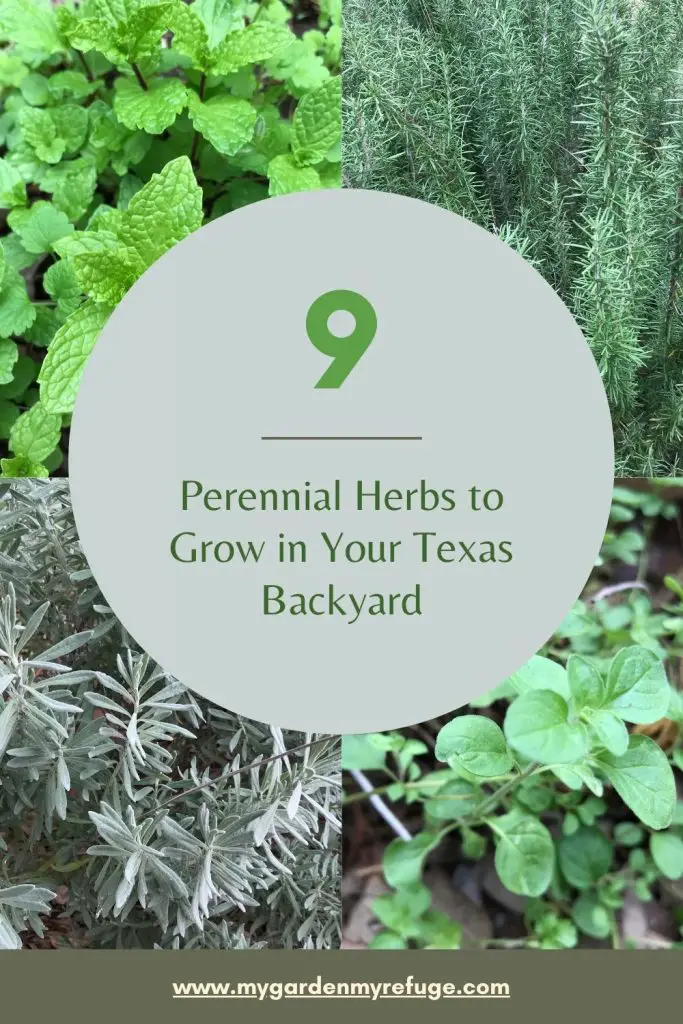
What makes these herbs easy to grow?
There are so many challenges a Texas gardener faces. For this reason, it is always helpful to find plants that will do well in the area without extra effort. Some of the criteria these plants should meet are as follow:
- Perennial: Perennial plants are either evergreen or die to come back the following year during a given season. Having them creates a permanent garden that does not require constant planning.
- Drought and heat tolerance: In central Texas, summers are long, dry, and hot. As a result, no gardener can stand out watering or tending delicate plants.
- Survives in every soil quality: Central Texas soil is diverse, but not in a positive way. There is hardly any region with good soil for cultivation. Having plants that do well in any soil makes gardening a bit easier.
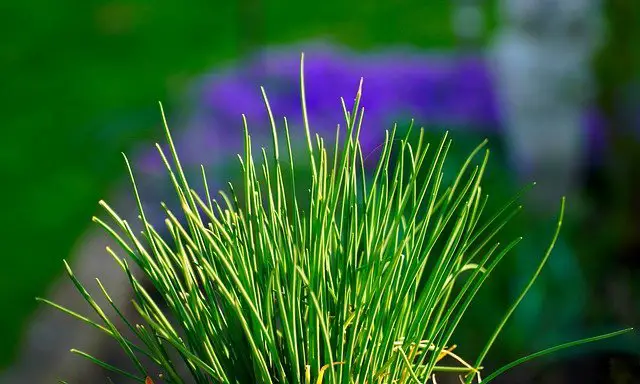
Chives
Despite their delicate appearance, garlic chives are easy to grow year-round. They are perennial herbs that survive Central Texas weather and soil diversity. They also tolerate the lack of water in summer.
Chives can grow in full sun or shade. They might go dormant during the summer, but they come back in the fall. Chives multiply and spread quickly, so it is best to grow them in containers.
In addition to their culinary uses, chives have some health benefits that you may learn about over here.
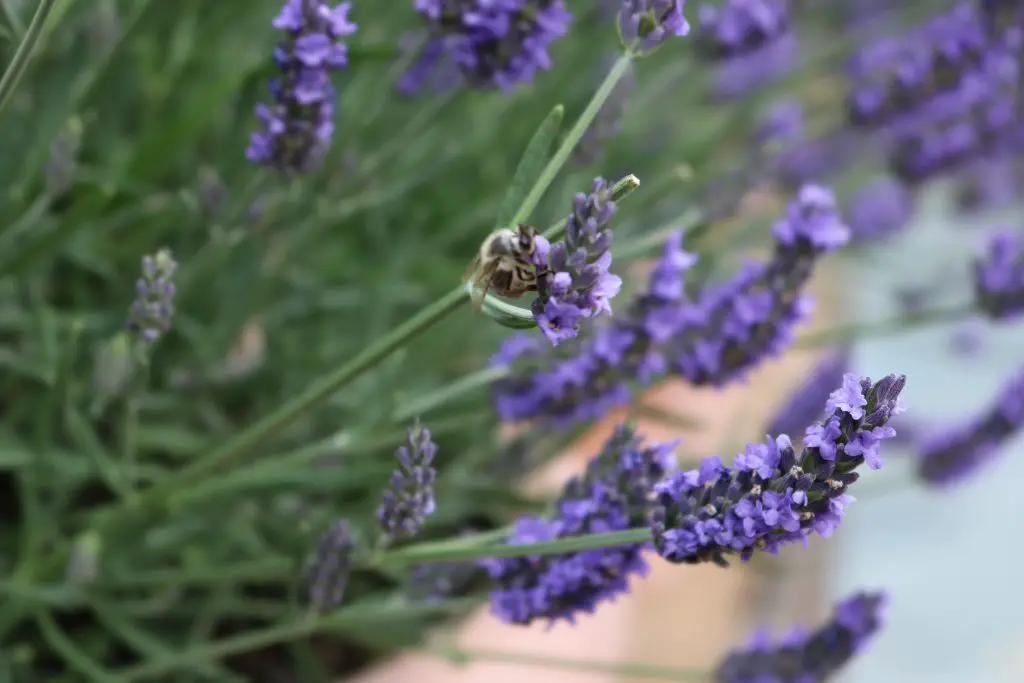
Lavender
Lavender is the beloved herb of grandmas for its usefulness and benefits around the house.
There are many cultivars of lavender, but the most found in nurseries are English and French lavender. The difference is that English lavender is more compact and cold-tolerant than the French.
Plant lavender as an edging in your garden beds or as a thriller in flower pot arrangement. It is quite a tolerant plant for its drought and deer resistance.
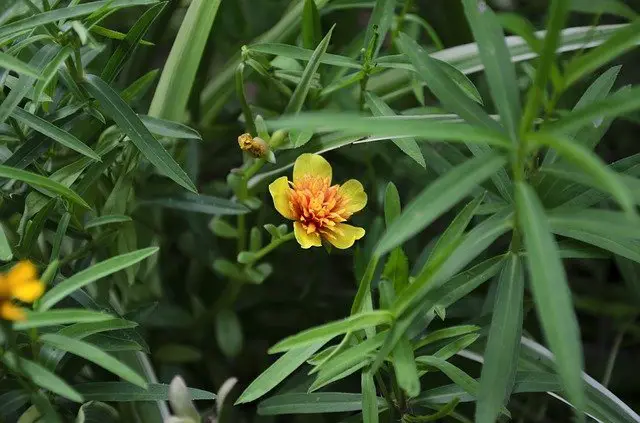
Mexican mint marigold
Mexican mint marigold is another tough plant that survives the Central Texas climate. It is heat and drought-tolerant once established. The leaves are fragrant with a licoricey taste, making a good substitute for French tarragon.
Mint marigold blooms in late summer through winter, and its yellow daisy-like flowers attract migrating butterflies. It is a great edging plant.
In case of a severe freeze, mint marigold will look bad. Just cut it back to ground level, and it will come back in the spring.
You may learn about its health benefits over here.
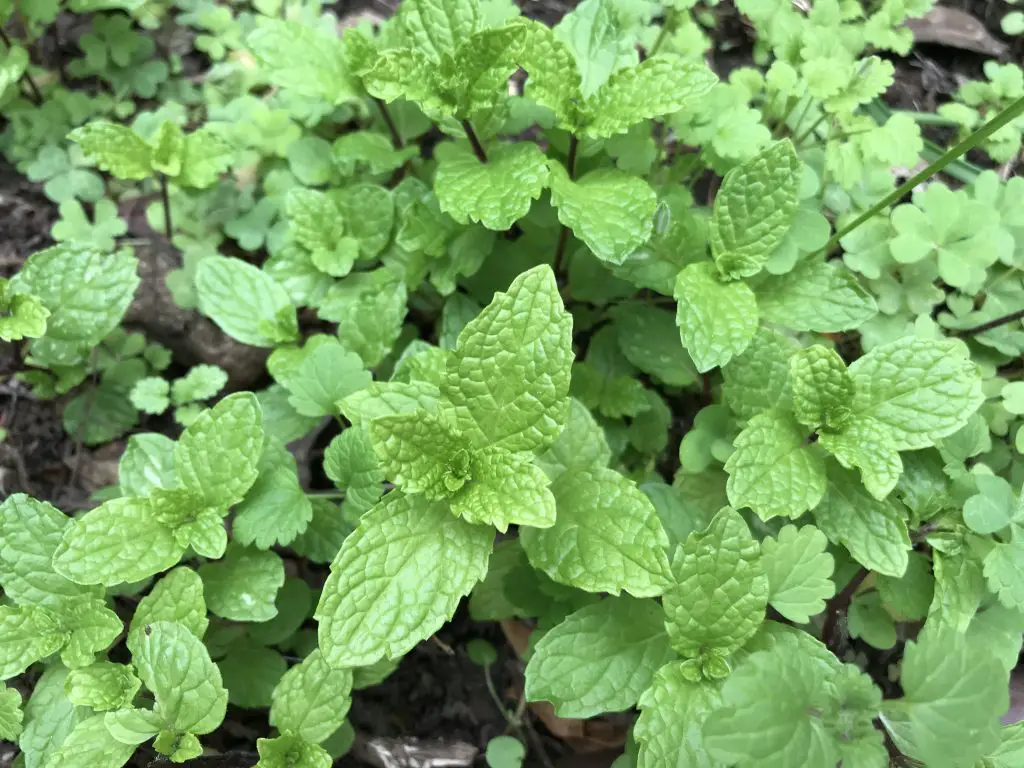
Mint
Though a classic, mint has a love-hate relationship with gardeners. The running habit of its roots allows it to spread and invade every space in the garden. Therefore, it is best to grow it in containers to keep it under control. However, it is crucial to air prune the roots as mint does not like to be root bound.
In central Texas, mint thrives in spring and the fall. It goes dormant in winter and during the peak of summer heat. Cut it back to prevent it from turning woody.
Check out its beneficial properties here.
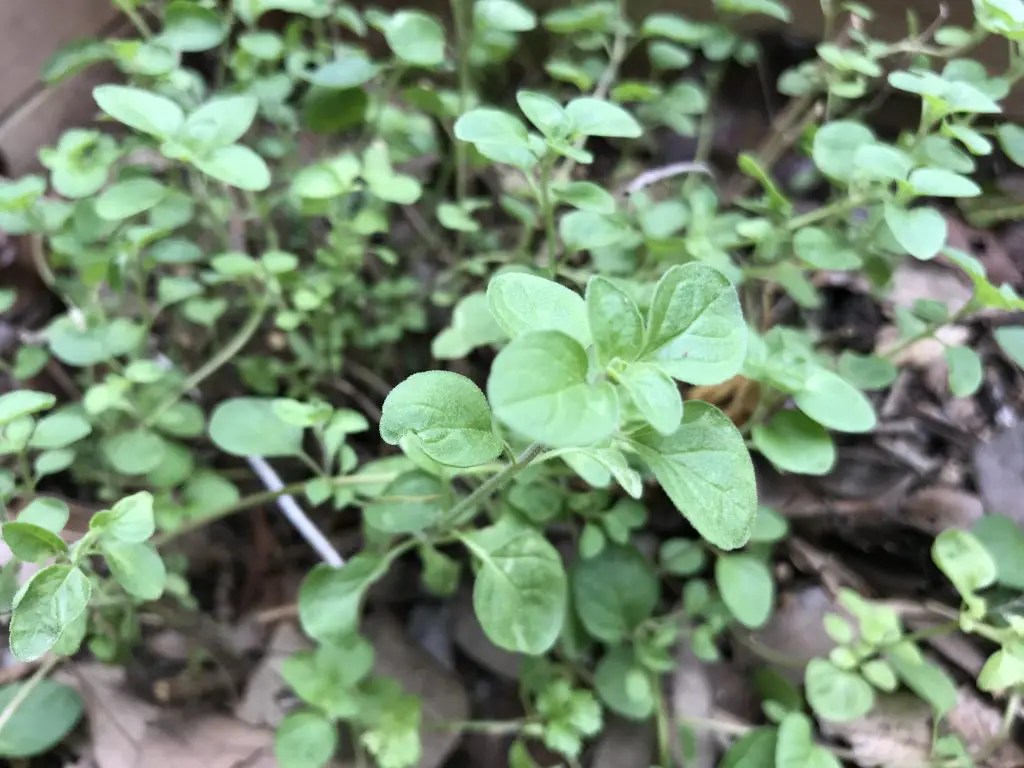
Oregano
Oregano is another flowering herb that attracts butterflies, bees, and hummingbirds. Nothing is easier than growing oregano, plant, water, and forget. It grows well in both full sun and partial shade. It is also heat and drought-tolerant. Cut it back to keep it green and soft and prevent woodiness.
Oregano is commonly used in herbal teas and vapors to treat respiratory and digestive problems and cooking.
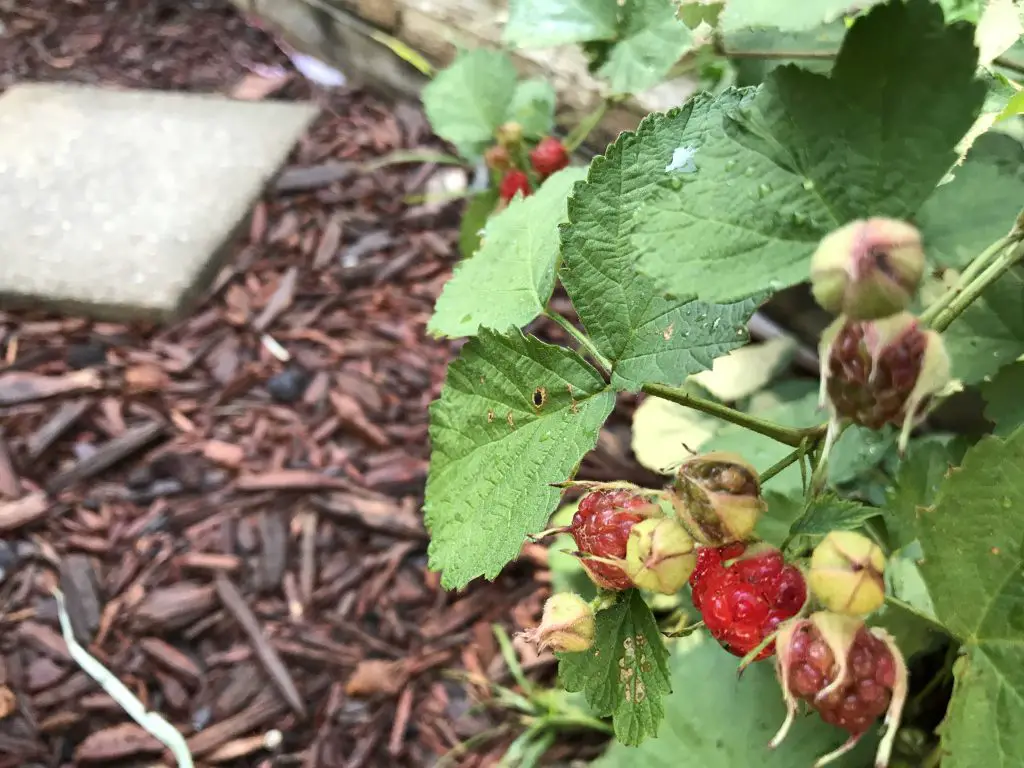
Raspberry
Raspberry is mainly grown for its delicate fruits, but its leaves are also a good tea substitute.
It is another easy-to-grow “herb” for its drought tolerance. It grows well in full sun, but part shade is best. Since it has a vining growth pattern, snip off the tips to encourage side shoots for a fuller plant.
Raspberry can get out of control, so keep it tamed by cutting back the old canes and maintaining the new ones for the coming crop.

Rosemary
Rosemary is a beast in central Texas gardens. It grows fast and needs plenty of space before it gets big. As an evergreen shrub, it is very heat and drought tolerant with summer blooming time. Its light purplish flower stalks are particularly attractive to bees.
Rosemary is another common culinary herb, especially for grilling gamey meats such as lamb. It is also added to bread dough to enhance its flavor. Medically, rosemary has several health benefits, such as soothing coughs, sore throat, easing headaches, and nervousness.
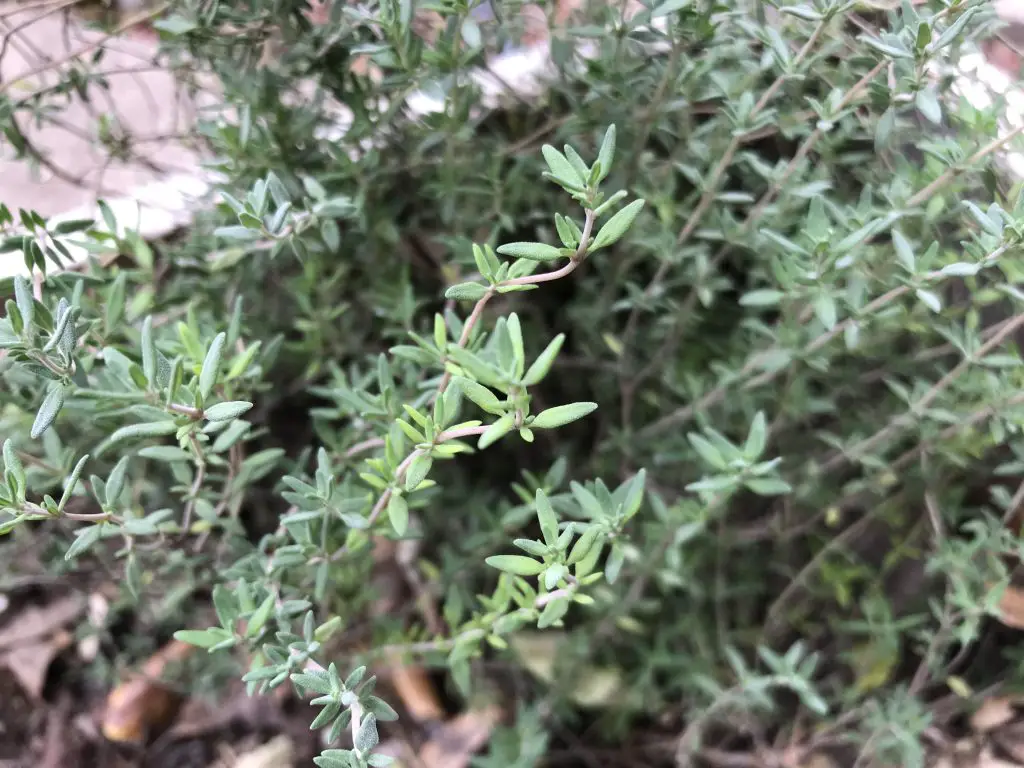
Thyme
Don’t they say “expensive gifts come in small packages”? Well, that’s how thyme is. This small plant with small leaves comes with a great aroma and robust flavor. It is effortless to grow in the central Texas garden.
Thyme thrives in the sun or part-shade locations and takes drought very well. Prune it back occasionally to prevent woodiness. This little plant makes a good filler in flower pot arrangements.
Check out its health benefits here.
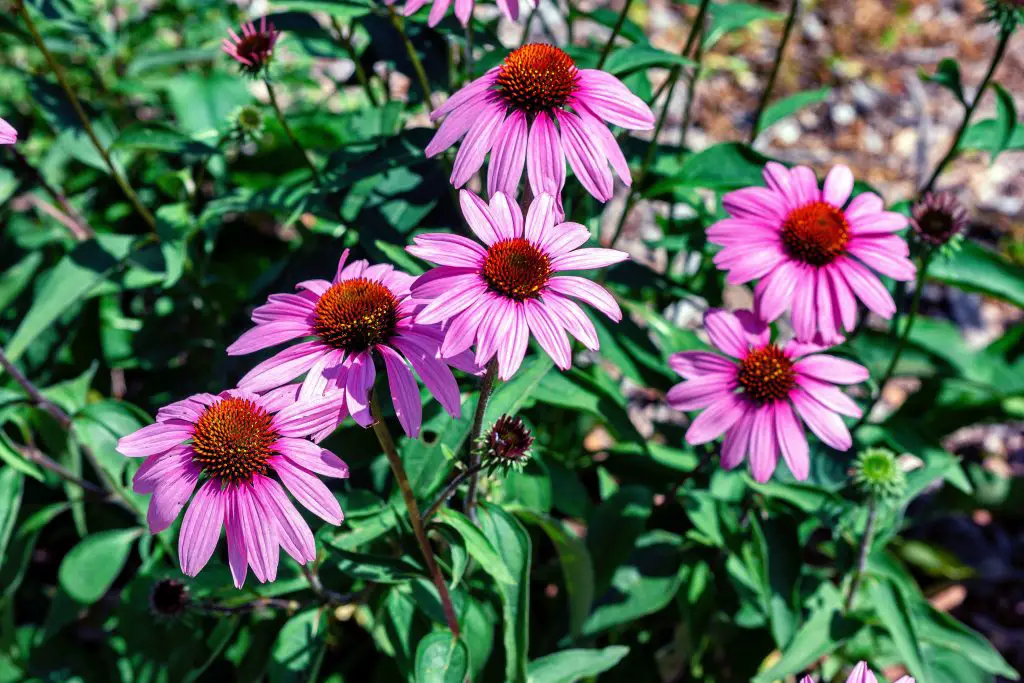
Echinacea
Though the flowers come in different colors, echinacea is mainly known as purple coneflower. Contrary to most herbs, it is easy to grow from seed. It enjoys full sun and does not complain of poor soil conditions if it is not constantly wet. Its heat and drought tolerance makes it the best flowering perennial for Texas.
Echinacea is an excellent choice for a wildlife garden. The pollinators feed on the fresh flowers; the birds pick the seeds from the spent ones. In addition, the whole plant has medicinal purposes.
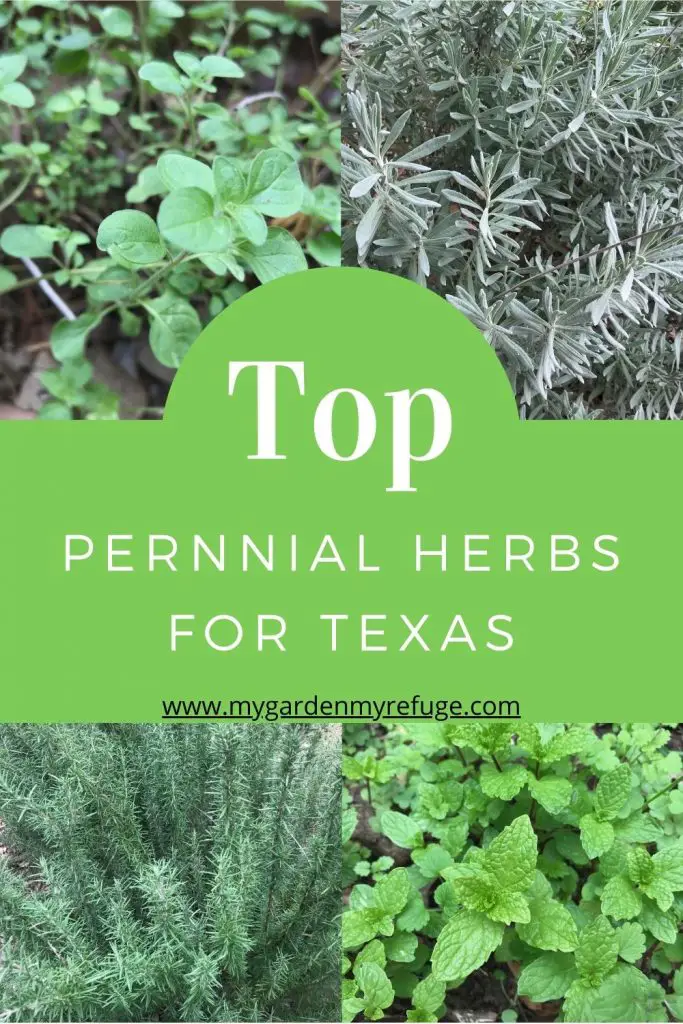
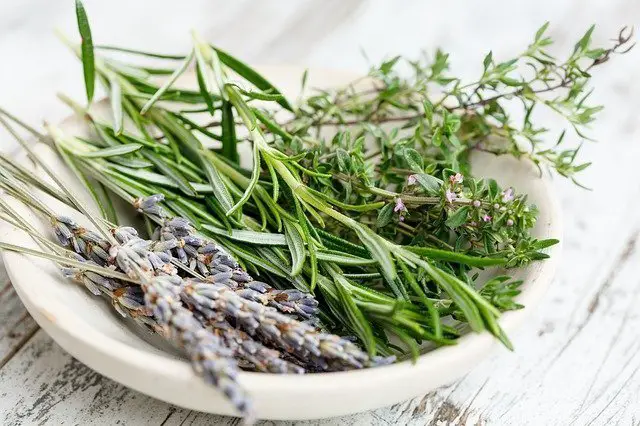
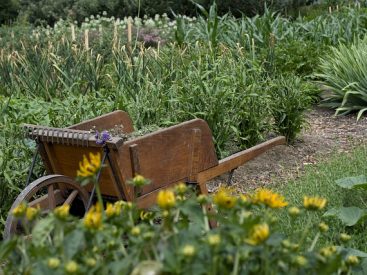


I absolutely love growing mint in our garden. I have 5 different varieties that we have been growing for years. Peppermint, Spearmint, Chocolate Mint, Sweet Mint, and Mojito Mint. I have them in their own large containers that are about 30 gallons. I go through about 2-3 times each season of the year and clear-cut them to dry the leaves for tea and they fill back out in no time.
That’s fantastic, you sound like a “mint collector.” I am a big fan of mint too. The newest variety I came across lately is orange mint. It has a refreshing orangy scent and flavor. I might join you in growing a collection of mints this coming year. Thank you for sharing your wonderful experience.